PAI plastic, short for Polyamide-imide, is an engineering plastic widely recognized for its exceptional strength, thermal stability, and chemical resistance. From aerospace to automotive, this material has made a significant impact in many sectors. In this article, we will explore the nature of PAI plastic, its distinct characteristics, and its critical applications in everyday life.
1. What is PAI Plastic?
PAI plastic, or Polyamide-imide, is a high-performance thermoplastic that combines the properties of polyimides and polyamides. It belongs to the family of thermoplastic polymers and is widely known for its outstanding mechanical, thermal, and chemical resistance. This unique plastic is often used in extreme conditions where other materials fail to maintain performance, making it a preferred choice for high-stress and high-temperature environments.
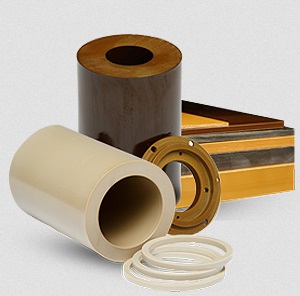
PAI Plastic - The Preferred Choice for High Temperature Environments
PAI plastic is an amorphous material, meaning it doesn’t have a defined crystalline structure. This characteristic gives PAI plastic excellent dimensional stability and low creep (deformation under stress). Its toughness is another significant feature, making it ideal for parts that require high wear resistance, strength, and stiffness.
Due to its superior properties, PAI plastic is often considered a more advanced version of traditional thermoplastics like PA (polyamide or nylon) and has become an indispensable material in various demanding industries.
Read more: Top high heat plastic materials for engineering applications
2. Properties of PAI Plastic
PAI plastic stands out among engineering plastics due to its remarkable physical and chemical properties. Some of the most important properties of PAI plastic include:
High mechanical strength: PAI plastic can withstand extreme mechanical stress, making it ideal for applications requiring strength and durability.
Thermal resistance: PAI plastic exhibits excellent thermal stability, remaining functional at temperatures up to 275°C (527°F). Its performance does not degrade under high temperatures, making it perfect for aerospace, automotive, and industrial applications.
Chemical resistance: This plastic is highly resistant to a wide range of chemicals, including oils, solvents, and fuels, enhancing its lifespan in harsh environments.
Low friction and wear resistance: PAI plastic has a low coefficient of friction, providing good wear resistance. It is often used in applications involving sliding or rotational motion, such as gears and bearings.
Dimensional stability: Due to its amorphous nature, PAI plastic retains its shape under high stress and temperature, exhibiting minimal thermal expansion and low creep.
Electrical insulation: PAI plastic offers excellent electrical insulation properties, making it suitable for electrical and electronic components.
Flame retardancy: The material is inherently flame retardant, adding to its versatility in safety-critical applications.
These properties make PAI plastic an ideal choice for demanding conditions where other materials may not meet performance expectations.
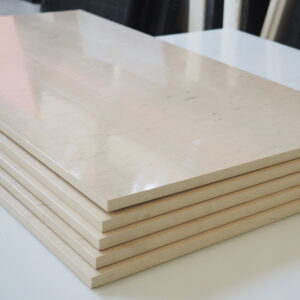
PAI Plastic - Outstanding properties in engineering
3. Advantages of PAI Plastic
PAI plastic offers several advantages over other thermoplastics and materials, making it a preferred option in industries requiring high-performance solutions. Some of the key advantages include:
Temperature tolerance: PAI plastic can maintain its properties at elevated temperatures better than many other engineering plastics, providing long-term durability in heat-exposed environments.
Exceptional wear resistance: Its low friction and resistance to wear and abrasion make PAI plastic an ideal material for components that require long-lasting performance without frequent replacement.
Chemical resistance: PAI plastic is not easily degraded by chemicals, meaning it can be used in chemically aggressive environments without compromising functionality.
Dimensional accuracy: PAI plastic’s low thermal expansion and resistance to creep ensure that it maintains dimensional accuracy over time, even under heavy loads.
Strength-to-weight ratio: PAI plastic is incredibly strong relative to its weight, making it an excellent option for lightweight yet durable components.
Electrical properties: Its insulating characteristics provide added safety in electrical applications, ensuring that PAI plastic can be used in both high-voltage and sensitive electronics contexts.
Flame retardancy: The material’s inherent flame resistance enhances its utility in environments where safety is paramount, such as in the aerospace and transportation sectors.
The combination of these advantages allows PAI plastic to outperform many other materials, particularly in highly demanding applications.
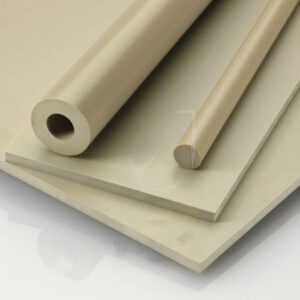
PAI plastic offers many outstanding advantages
4. Differences Between PAI Plastic and PA Plastic
PAI plastic is often compared with PA plastic, also known as Polyamide or Nylon, due to their shared characteristics. However, there are significant differences between the two materials:
| Criteria |
PAI Plastic (Polyamide-Imide) |
PA Plastic (Polyamide/Nylon) |
| Thermal Resistance |
PAI plastic has superior thermal resistance, maintaining mechanical properties at high temperatures. |
PA plastic has good thermal resistance but is inferior to PAI plastic. |
| Strength |
PAI plastic has very high tensile strength, making it ideal for heavy-load applications. |
PA plastic has good strength but is lower compared to PAI plastic. |
| Wear Resistance |
PAI plastic offers excellent wear resistance, especially in high-friction environments like bearings. |
PA plastic also has good wear resistance but is not as strong as PAI plastic. |
| Chemical Resistance |
PAI plastic has excellent chemical resistance and is unaffected by harsh chemicals. |
PA plastic has chemical resistance but can degrade with prolonged exposure to certain chemicals. |
| Cost |
PAI plastic is much more expensive due to its superior properties and is typically used only in high-performance applications. |
PA plastic is more affordable and widely used for general applications. |
In summary, while PA plastic is widely used for general applications, PAI plastic is a high-performance alternative for extreme conditions.
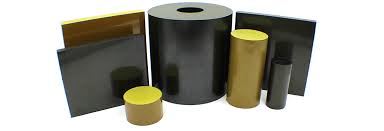
The difference between PAI and PA plastic
5. Applications of PAI Plastic to Life
The unique properties of PAI plastic make it suitable for a wide range of applications across multiple industries. Some of the most common uses of PAI plastic include:
Aerospace: PAI plastic is extensively used in the aerospace industry for parts like seals, valves, and bearings that must withstand high temperatures, stress, and wear. Its flame retardancy also makes it a safer option for components in aircraft.
Automotive: In the automotive industry, PAI plastic is used for high-performance engine components, transmission parts, and electrical connectors. Its ability to function in extreme temperatures and resist wear makes it ideal for these applications.
Industrial machinery: PAI plastic is employed in industrial equipment, especially in parts exposed to high wear, such as gears, bushings, and pump components. Its durability extends the lifespan of these components, reducing the need for frequent maintenance or replacement.
Medical devices: The chemical resistance and thermal stability of PAI plastic make it suitable for medical devices, especially in surgical tools and diagnostic equipment.
Electronics: PAI plastic’s excellent insulating properties are valuable in the electronics sector for components like connectors, insulators, and circuit boards that require both mechanical strength and electrical insulation.
Oil and gas: PAI plastic’s resistance to chemicals and high temperatures makes it suitable for use in equipment for the oil and gas industry, such as seals, valve seats, and pump housings.
These applications highlight the versatility and value of PAI plastic in various industries, contributing to the efficiency, safety, and longevity of the products and systems it is used in.
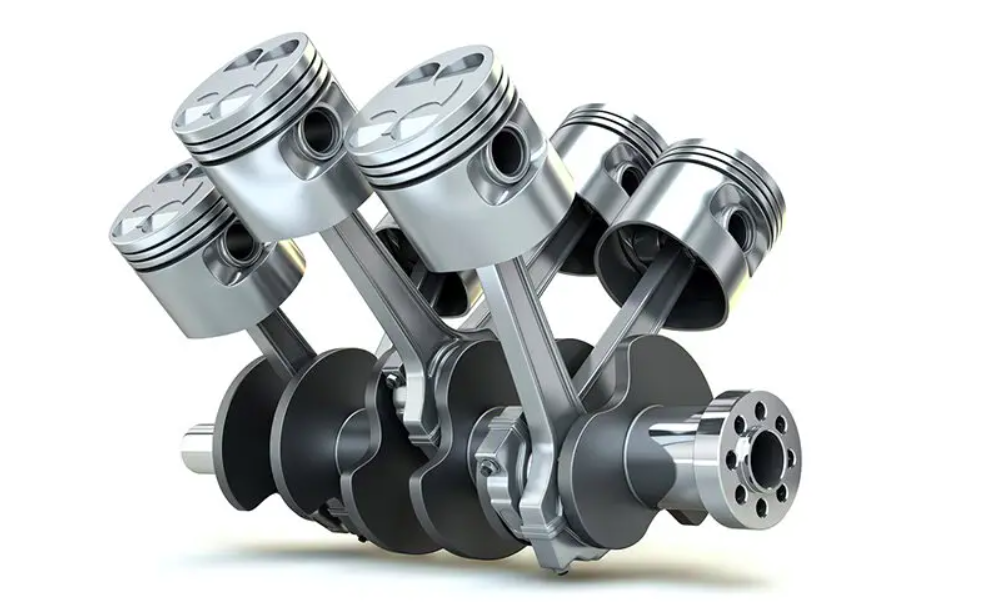
PAI Plastic - Used for car engines
6. Conclusion
PAI plastic is a high-performance thermoplastic that offers unparalleled mechanical strength, thermal stability, and chemical resistance. Its ability to withstand extreme conditions, coupled with its excellent wear resistance and electrical insulation properties, makes it an invaluable material in industries such as aerospace, automotive, industrial machinery, and electronics. While it may be more expensive than traditional materials like PA plastic, the benefits of PAI plastic far outweigh the cost in critical applications that demand high performance and longevity.
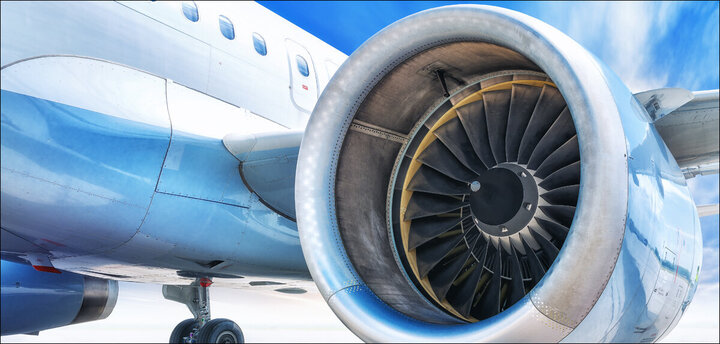
PAI Plastic - Used for aircraft propellers
7. About EuroPlas
EuroPlas is a leading provider of innovative solutions designed to enhance the mechanical, thermal, and chemical properties of plastics, making them more versatile and efficient for a wide range of applications. By offering a comprehensive portfolio of products - including Filler Masterbatch, Color Masterbatch, Plastic Additives, Engineering Plastics Compounds, Bioplastic Compounds, and Bio Filler - EuroPlas helps businesses optimize their plastic materials. These solutions not only improve product performance but also contribute to significant cost savings by reducing the need for more expensive materials such as metals. Contact us today to explore how our advanced plastic solutions can benefit your business!